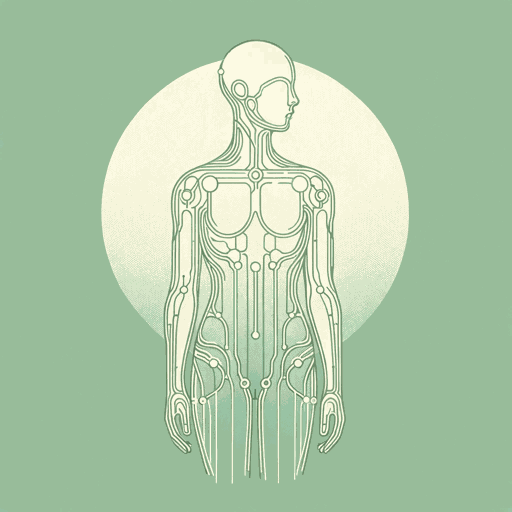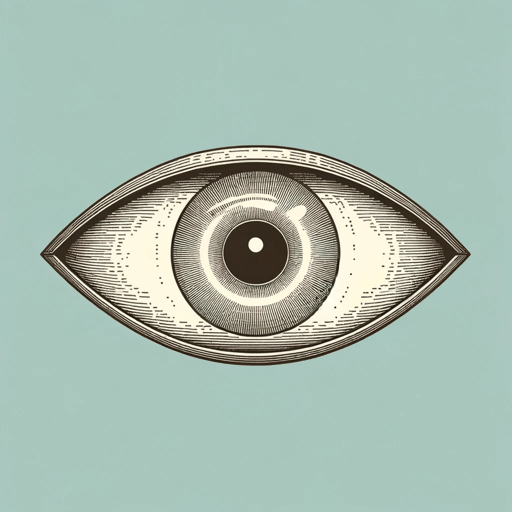59 pages • 1 hour read
William GibsonThe Peripheral
Fiction | Novel | Adult | Published in 2014A modern alternative to SparkNotes and CliffsNotes, SuperSummary offers high-quality Study Guides with detailed chapter summaries and analysis of major themes, characters, and more.
Themes
Objective versus Artificially Constructed Reality
The Peripheral, like many cyberpunk novels and films, takes reality itself as its central question. In a world where artificial intelligence and virtual reality are so advanced, the characters in both the present and future must contend with the nature of reality, what makes an experience real, how reality is formed, and whether reality can only be experienced or can be shaped. These questions form one of the central themes in the novel, and what often happens is that what the characters think is real is not, and what they think is fake is real.
The narrative does not slowly delve into the issue of the nature of reality. By the time Chapter 9 comes, Flynne is already trying to decipher if what she is experiencing is a game or if it is real in the typical sense, as she understands reality to be. The narrator says that Flynne notices a curiosity about the London she sees while she thinks she is playing the game: “Real London didn’t have as many tall ones (buildings) and in real London, tall ones were more clustered together, came in more shapes and sizes” (28). Flynne is using her own memory here to contrast London as it is in her present with the London she witnesses in the game.
Related Titles
By William Gibson





